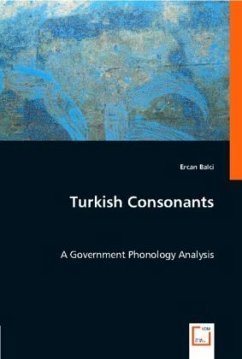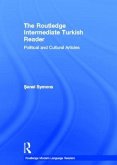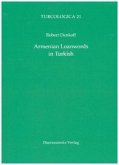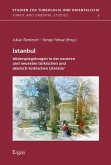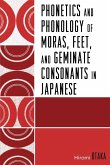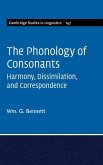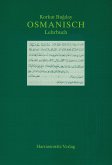This book provides a detailed analysis of Turkish consonants in the framework of Government Phonology. In order to explain a number of phonological phenomena involving consonants, the elemental composition of consonants in Turkish is proposed for the first time. Stem-final and suffix-initial voicing alternations are discussed to find out the best way to represent voice. Fortition by the element H and spreading of H are proposed respectively to explain these voicing alternations in phonological expressions containing the stop element. The elemental composition of consonants explains consonant clusters, the word-initial phenomenon and the word-final phenomenon. The role and the representation of palatalized consonants with the I element help us to account for the different ways of interpreting the first vowel of a word and to explain unexpected vowel harmony in the suffixes after word-final palatalized consonants. This study accounts for various phonological phenomena by referring to universal principles and parameters, which would be helpful for phonologists with a wide variety of interests and anyone who is interesed in Turkish language.
Bitte wählen Sie Ihr Anliegen aus.
Rechnungen
Retourenschein anfordern
Bestellstatus
Storno

